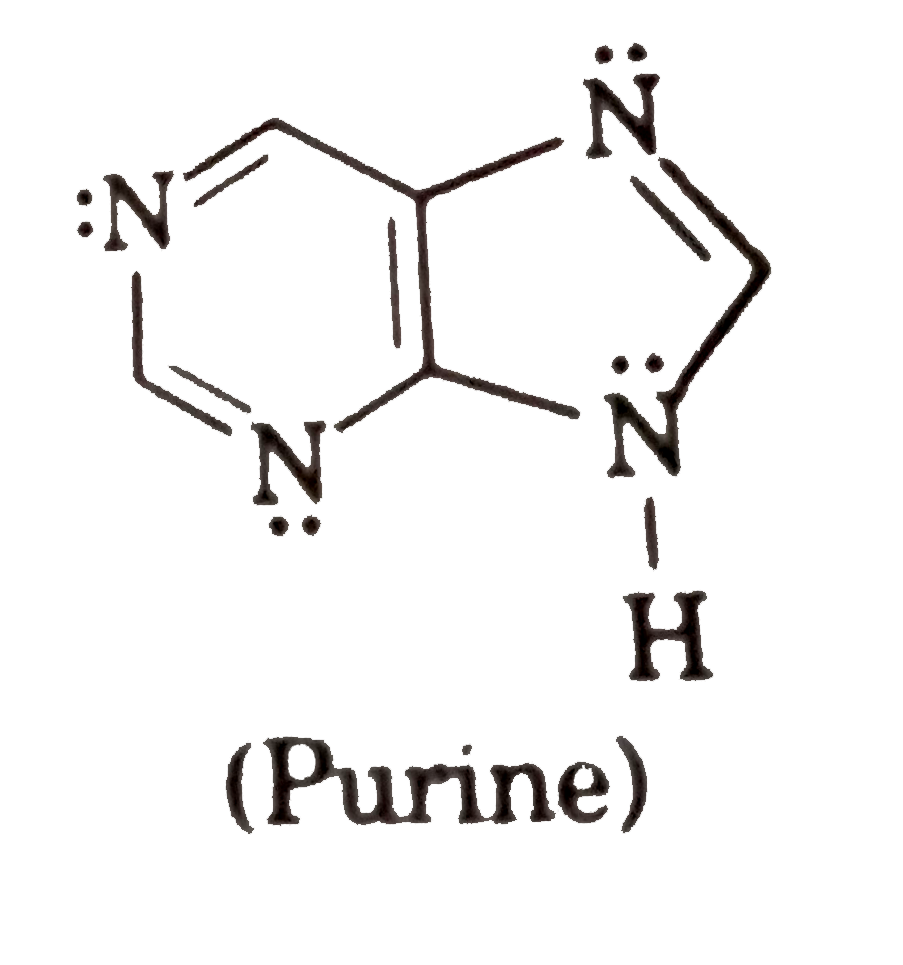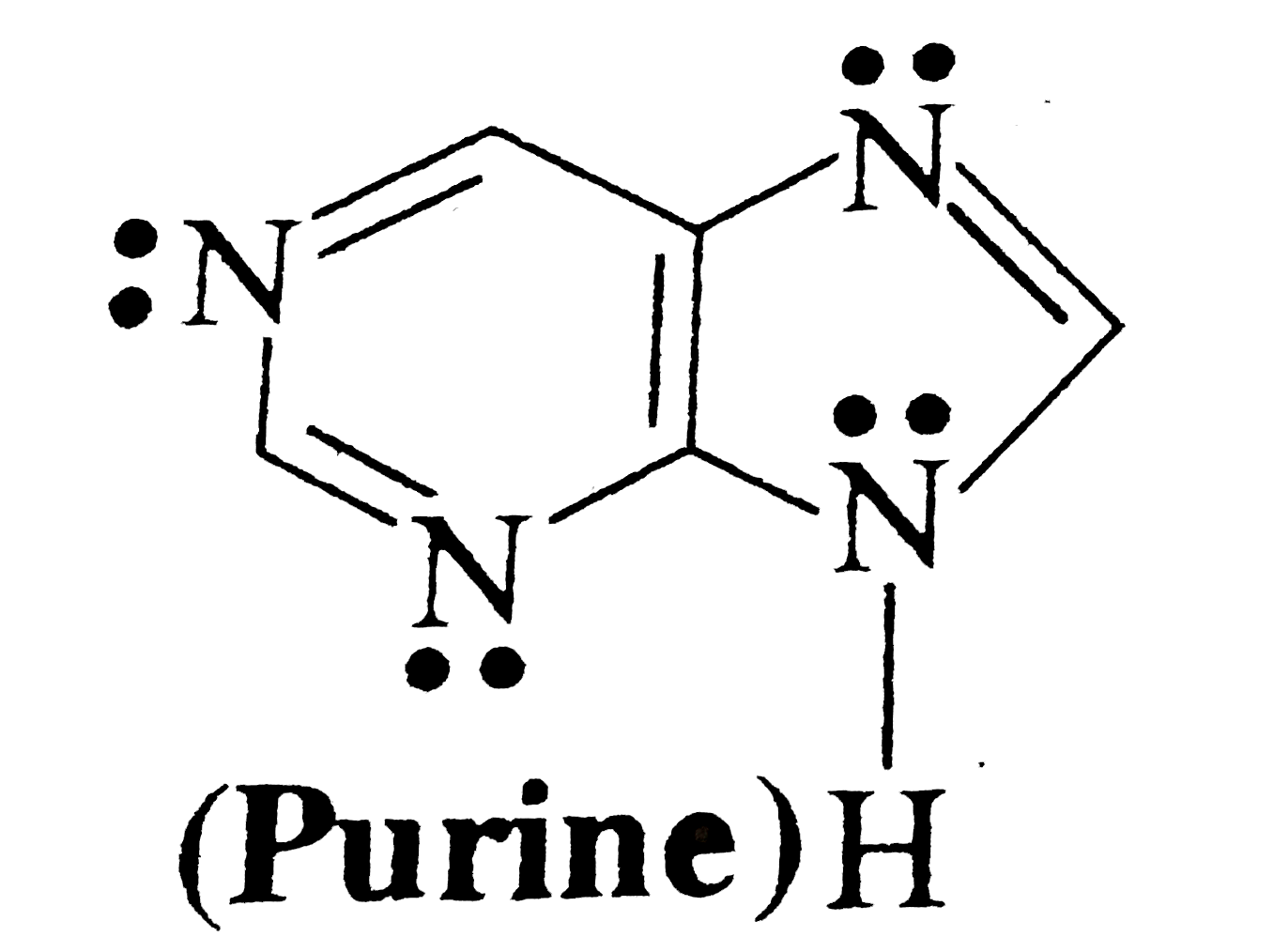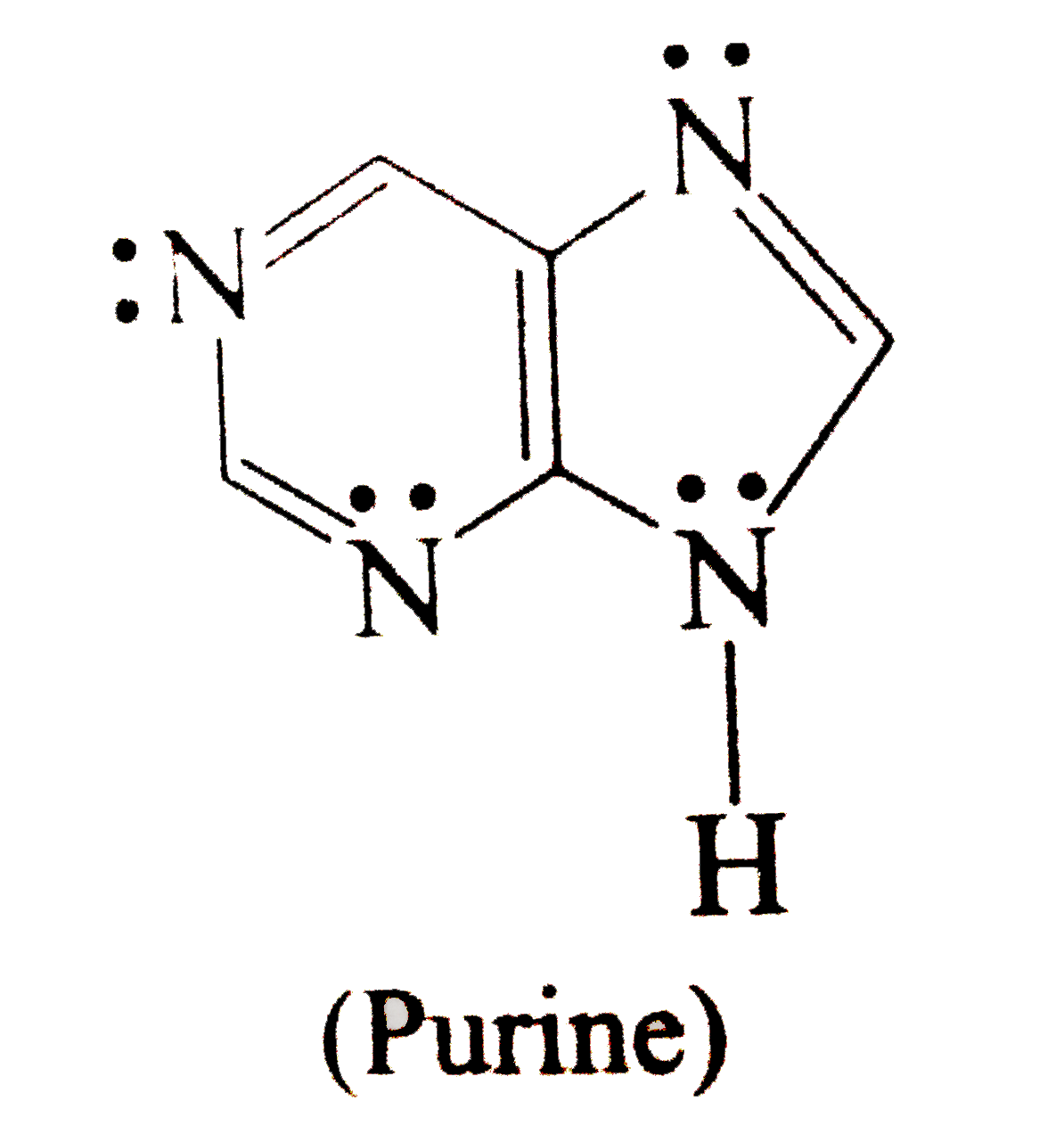what are non -localised fringes?
Text Solution
Interference fringes can be found on a screen placed anywhere in front of the coherent sources. Thus interference pattern is not loclised in a region and hence these are called non - localised fringes.
|
Topper's Solved these Questions
- LIGHT WAVE AND INTERFERENCE OF LIGHT BOOK - CHHAYA PUBLICATIONCHAPTER - LIGHT WAVE AND INTERFERENCE OF LIGHT EXERCISE - NCERT TEXTBOOK QUESTIONS WITH ANSWER HINT
13 Videos
- LIGHT WAVE AND INTERFERENCE OF LIGHT BOOK - CHHAYA PUBLICATIONCHAPTER - LIGHT WAVE AND INTERFERENCE OF LIGHT EXERCISE - NCERT EXEMPLAR QUESTIONS WITH ANSWER HINT
3 Videos
- LIGHT WAVE AND INTERFERENCE OF LIGHT BOOK - CHHAYA PUBLICATIONCHAPTER - LIGHT WAVE AND INTERFERENCE OF LIGHT EXERCISE - Section Related Questions
13 Videos
- KIRCHHOFF'S LAWS AND ELECTRICAL MEASUREMENT BOOK - CHHAYA PUBLICATIONCHAPTER - KIRCHHOFF'S LAWS AND ELECTRICAL MEASUREMENT EXERCISE - CBSE SCANNER
16 Videos
- Magnetic Properties of Materials BOOK - CHHAYA PUBLICATIONCHAPTER - Magnetic Properties of Materials EXERCISE - CBSE SCANNER
11 Videos
Similar Questions
Knowledge Check
In green cell the enzyme catalase is localised in
APeroxisomesBChloroplastsCLysosomcsDVacuolesWhich of the following atoms typically cycles within the most localised area ?
ACarbonBWaterCNitrogenDPhosphorusThe purine hetrocycle occurs mainly in the structure of DNA. Identify number of 'N' atoms having localised lone pair of electron .
 A1B2C3D4
A1B2C3D4
Benzene ring contains ____ localised σ - and ____localised π -bonds.
View SolutionHow do organisms cope with stressful external environmental conditions whichare localised or of short duration ?
View SolutionExplain with examples any five geographical factors that affect localisation of an industry at a particular place in India.
View SolutionThe purine heterocycle occurs mainly in the structure of DNA. Identify number of N atoms having localised lone pair of electron.

View SolutionThe purine heterocycle occurs mainly in the structure of DNA. Identify number of 'N, atoms having localised lone pair of electron.

View Solution
